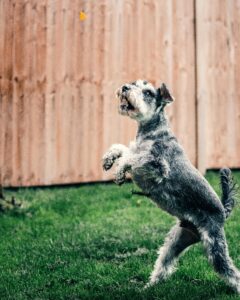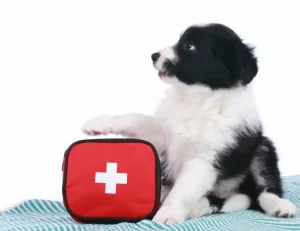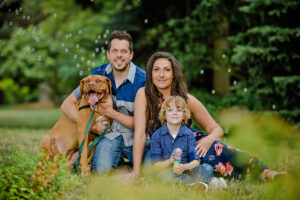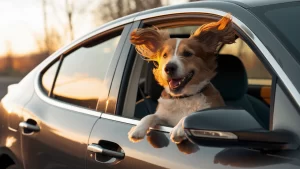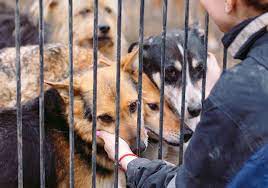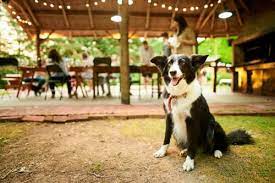Table of Contents
ToggleTips for Managing a Dog With Separation Anxiety
Separation anxiety in dogs is more than just feeling sad when you leave. It can lead to destructive behaviors, excessive barking, or even health problems if not addressed. But don’t worry—helping your furry friend feel secure can be easier than you’d think. Let’s explore some practical tips to ease their stress and make your home a happier place for both of you.
1. Understand the Signs of Separation Anxiety
Does your dog chew on the couch cushions the moment you step out? Bark like there’s no tomorrow when the door shuts? These may be signs of separation anxiety. Keep an eye out for symptoms like:
- Pacing or excessive drooling.
- Scratching at doors or windows.
- Destroying furniture or belongings.
- Urinating indoors despite being house-trained.
If these habits sound familiar, learning how to address them is crucial. For a deeper dive into separation anxiety symptoms, check out this helpful guide from ASPCA.

2. Tire Them Out with Exercise
A tired dog is a happy dog. Regular physical activity helps reduce anxiety, and it could be your secret weapon against stress-induced behaviors. Start with activities they love—whether it’s a brisk walk, a game of fetch, or a swim.
For specific activity ideas and tips, this article on helping dogs through exercise offers great insights.
3. Create a Safe Space
Your dog needs a cozy spot that feels like their personal kingdom. A crate can work wonders if they’re already crate-trained—it acts as a den and provides lots of reassurance. Alternatively, designate a specific room or corner filled with comforting items like blankets and toys.
If you’re exploring other options for reducing stress, dog daycare may be a solution to look into. Here’s a balanced evaluation of its benefits in our article on the pros and cons of dog daycare.
4. Practice Short Departures
Start by leaving your dog for just a few minutes and gradually extend the time. This helps desensitize them to your absence. Think of this as practicing for the big show—you being gone for longer stretches.
Creating this “absence training” approach can dramatically improve their sense of security. And don’t forget to keep departures and arrivals low-key—no big fanfare or dramatic goodbyes.
5. Engage Their Mind
Mental stimulation can be as effective as physical exercise. Puzzle toys and treat-dispensing gadgets are great tools for keeping your pup occupied. Rotating their toys every few days can keep things fresh and exciting, too.
Training is also an excellent mental exercise. If you’re not sure where to begin, take inspiration from these famous dog training quotes that emphasize the importance of consistency and patience.
6. Try Calming Products
Natural calming solutions can be a game-changer. Look for products like calming sprays, anxiety vests, or treats infused with chamomile or CBD. These options won’t solve separation anxiety overnight, but they can be a helpful addition to your toolkit.
For more long-term solutions, combining calming aids with consistent training and exercise works best. Learn about other strategies from this step-by-step guide on helping dogs with anxiety.
7. Seek Professional Help When Needed
Sometimes, the best thing you can do is seek an expert’s advice. Professional dog trainers or animal behaviorists can provide personalized plans tailored to your dog’s needs. In severe cases, your vet may also recommend medications to make the transition easier for your dog.
And yes, even dog lovers on Reddit have shared success stories. From DIY strategies to tried-and-true methods, you can see how others dealt with their own separation anxiety challenges. Check out one thoughtful discussion here.
Conclusion
Separation anxiety is tough—for both dogs and owners—but it’s manageable with patience and consistency. By understanding your dog’s triggers and implementing these steps, you can turn their panic into peace. With a safe space, plenty of exercise, and maybe a few calming aids, your dog can feel confident and unstressed even when you’re away. After all, a happier dog makes for a happier home!







